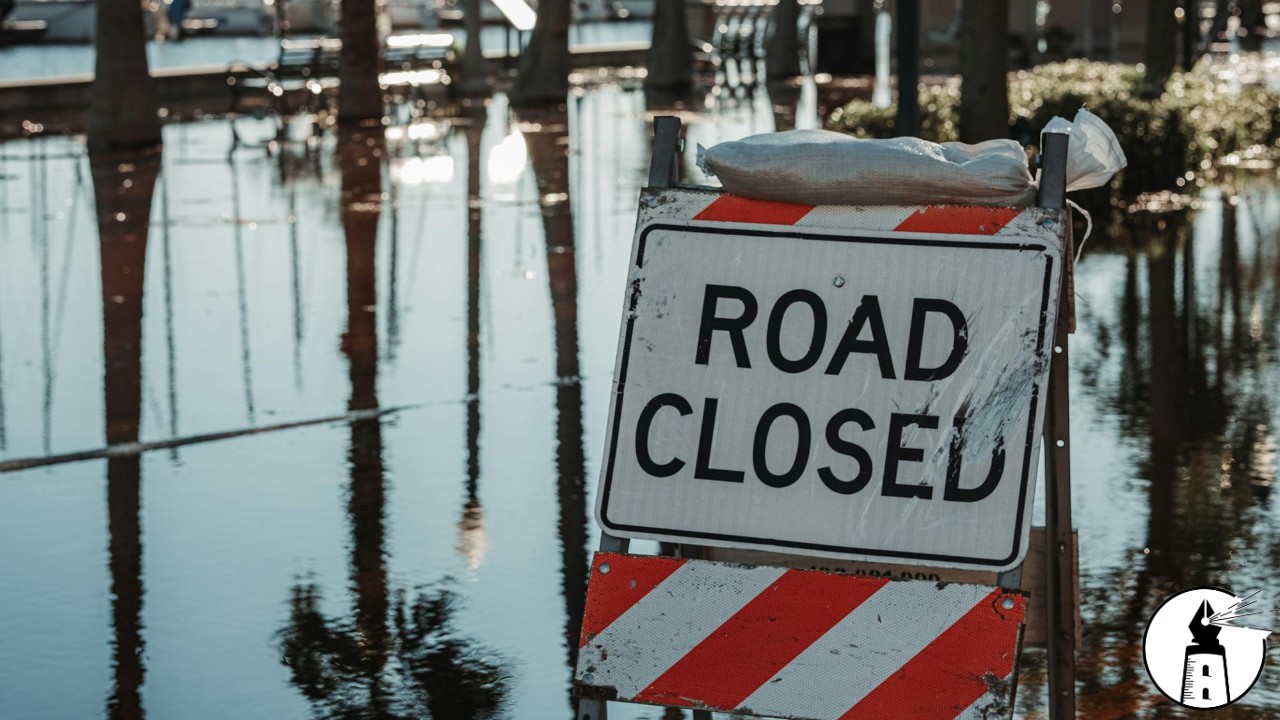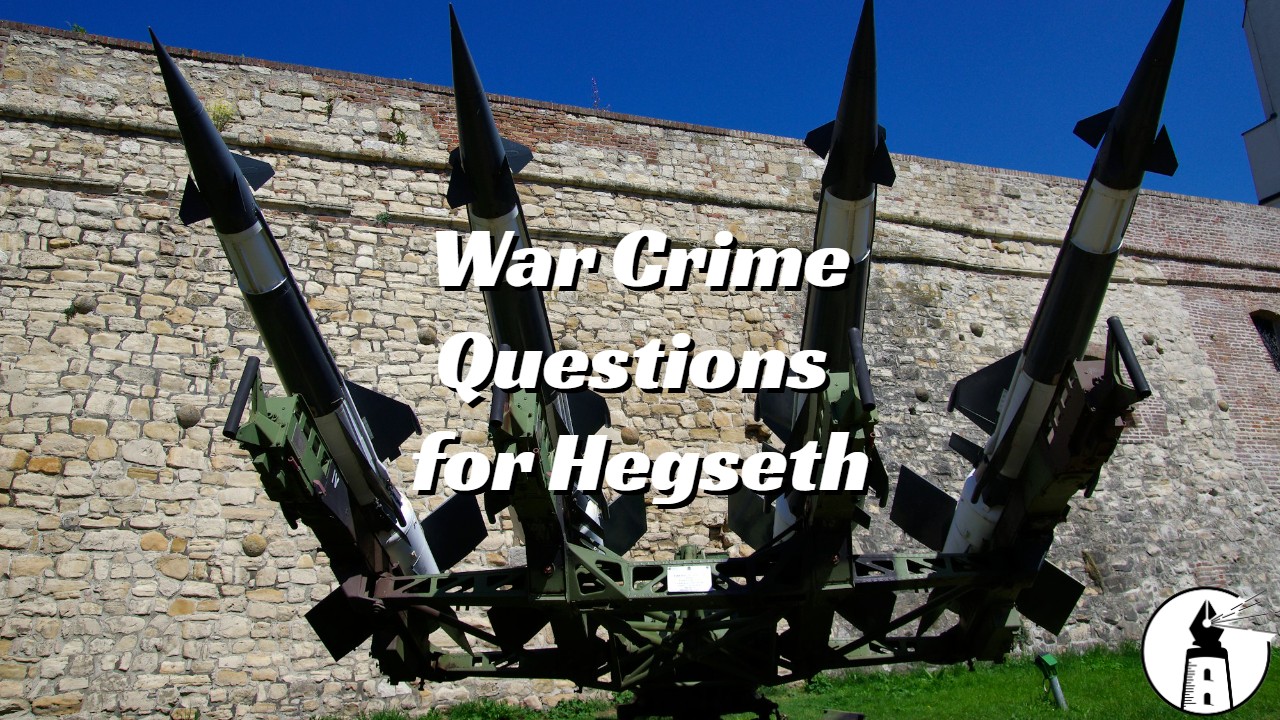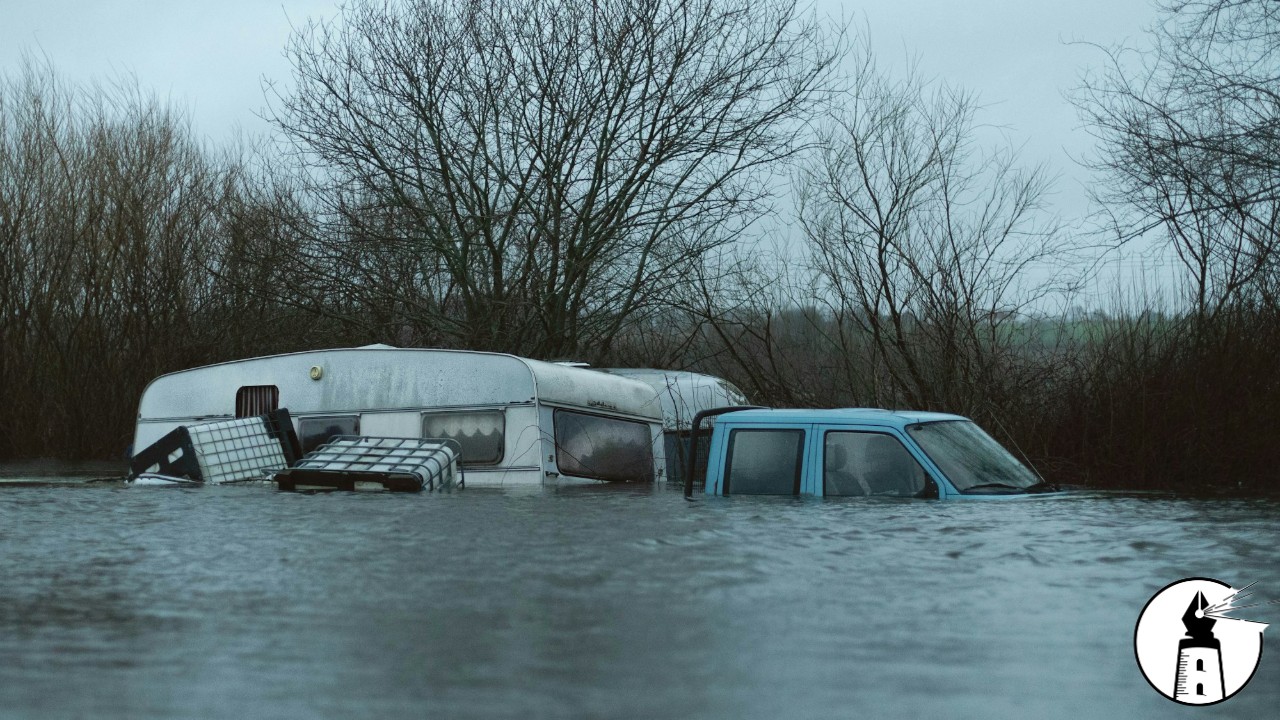As communities in North Carolina work tirelessly to recover from the devastation left by Hurricane Helene, federal disaster response efforts have hit an unexpected and frustrating roadblock: threats fueled by misinformation. FEMA, the agency responsible for coordinating recovery efforts and helping victims get back on their feet, has been forced to pause and relocate its teams due to violent threats. Threats that ultimately stem from false claims circulating online.
In Rutherford County, one of the hardest-hit areas with nearly 65,000 residents, the cleanup from Helene’s destruction has been slowed as FEMA workers were moved from door-to-door assistance to fixed locations. This shift came after National Guard troops reportedly encountered an armed individual with claims of “hunting FEMA.” The suspect, William Jacob Parsons, was arrested and charged with threatening disaster workers. But while the threat turned out to be from one person acting alone, rumors about militia involvement had already spread, putting federal responders on high alert.
Disinformation has played a massive role in creating these dangerous conditions. False claims about FEMA halting aid to bulldoze Chimney Rock or that victims could only receive $750 in assistance have led to confusion and suspicion among already vulnerable communities. These conspiracy theories, exacerbated by political figures pushing debunked narratives, create a toxic environment that hampers recovery efforts.
As FEMA’s teams are forced to work under the shadow of armed threats, the consequences for survivors are severe. The agency’s normal procedure involves sending disaster assistance teams directly into neighborhoods, making it easier for victims to apply for help and get connected with vital resources. With these door-to-door efforts now sidelined, many residents may face delays in receiving the aid they so desperately need.
This delay couldn’t come at a worse time. Helene left catastrophic damage across six states, with North Carolina bearing a heavy toll. More than 225 lives were lost, millions of people lost power, and entire communities are now buried under debris. Yet, instead of focusing solely on the recovery, FEMA has been forced to adjust its operations “out of an abundance of caution,” keeping workers and disaster survivors safe from the escalating threats.
The problem extends beyond just the physical threats to FEMA workers. The storm of disinformation surrounding the agency’s work is also deterring victims from seeking assistance. Misinformation campaigns, like the false claim that accepting federal aid could result in land seizure, have caused some victims to hesitate or even refuse help. As Homeland Security Secretary Alejandro Mayorkas noted, misinformation has real consequences for people who need aid but are afraid to ask for it.
Disaster recovery is a race against time, and any slowdown can have far-reaching consequences. Federal assistance often includes funds for immediate needs like medicine or shelter, as well as longer-term help for displaced families. When rumors and threats force agencies like FEMA to change their tactics, the most vulnerable populations bear the brunt of these delays.
For survivors of Hurricane Helene, every day without assistance is a day too long. As we face an era where misinformation can spread faster than a storm surge, it is crucial that public trust is restored and that FEMA and all those working to provide disaster relief can do their jobs without fear for their safety.
In times of crisis, facts and clear communication are critical. The delays FEMA now faces serve as a sobering reminder of the dangers that arise when misinformation is allowed to fester. At the heart of it all are real people, in real need, waiting for the help that’s being obstructed by lies.
The faster we can put a stop to these falsehoods, the quicker FEMA can get back to doing what it does best: helping communities rebuild and recover.
—By Greg Collier



